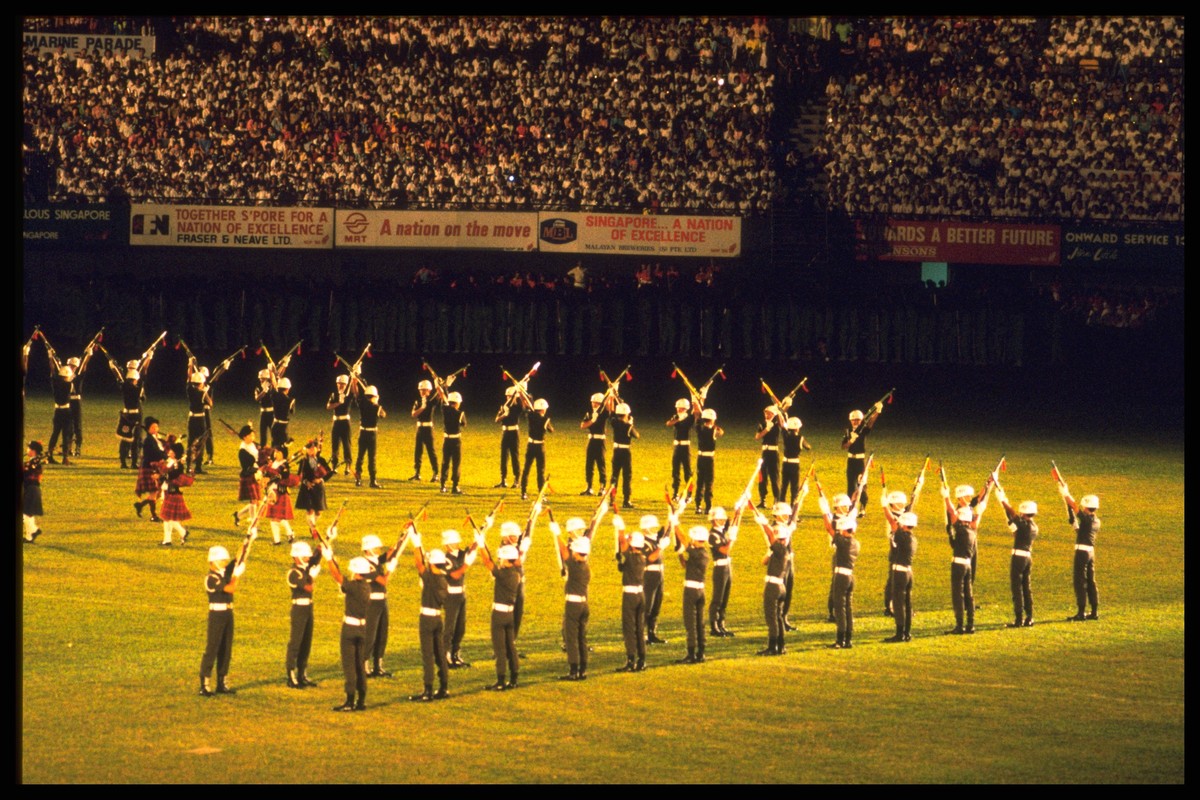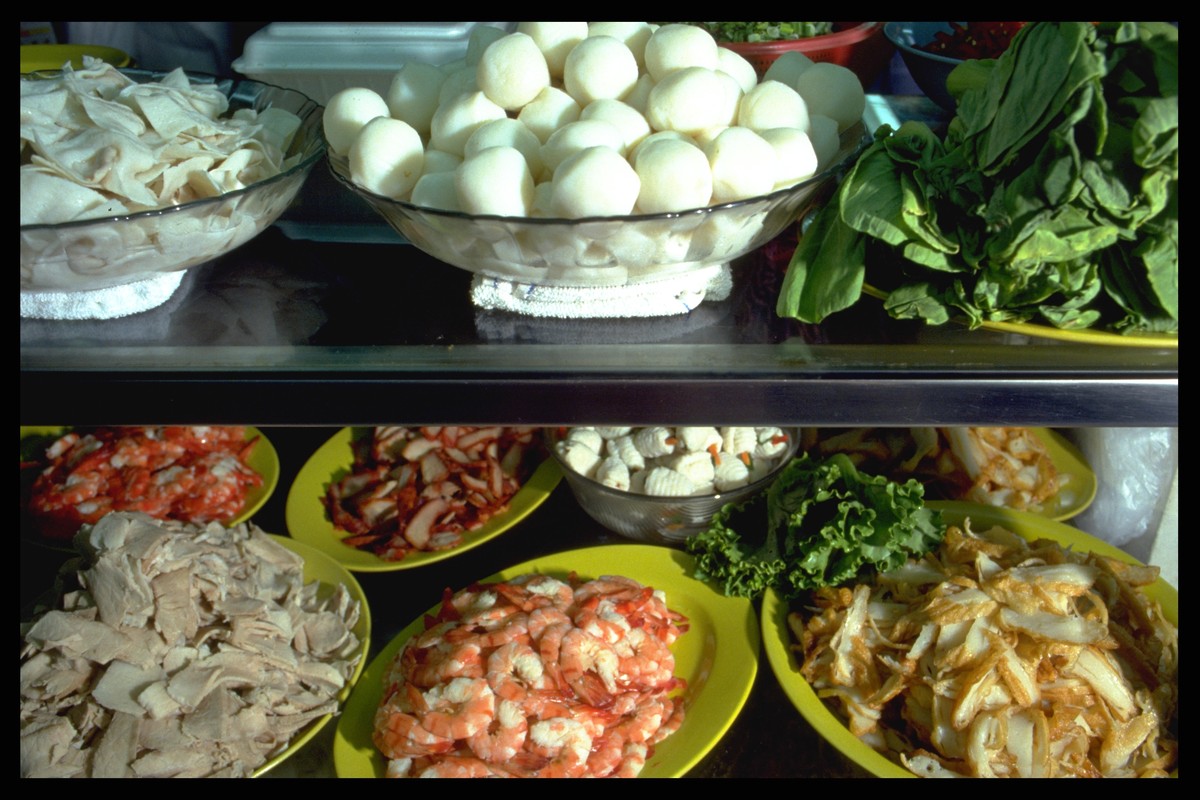Lat Pau, the earliest Chinese daily in Singapore (1881–1932)
Lat Pau was the earliest Chinese-language daily newspaper in Singapore, and had the longest publication history among pre-war Chinese-language newspapers. It was founded in 1881 and continued publication until 1932. Though it was temporarily suspended in the latter half of 1916, it spanned a total of 52 years.
The newspaper was founded by See Ewe Lay (1851–1906), a fifth-generation Straits Chinese. The name Lat Pau is derived from the Malay word selat (transliterated as “seh laht”), which means “strait” or “channel” and was a colloquial term for Singapore.
Lat Pau went through three distinct stages of development:
Inauguration and foundation (1881–1907): From its founding on 10 December 1881,1 to the eve of the publication of Lat Pau Supplement on 15 January 1907. A total of 25 years and one-and-a-half months.
During this period, Lat Pau published news and commentaries rather than lifestyle content. Its layout was not too different from that of Shanghai’s Shen Bao, and had no resemblance to local English newspapers. The typesetting and editorial staff of Lat Pau in its early days came from China, which meant there was a significant influence from China’s press. The newspaper’s style was modelled after that of newspapers in China.

Lat Pau was a daily newspaper, with a break in publication on Sundays and holidays. It published around 300 issues annually. The number of non-publishing days was higher than that of English newspapers that existed at the same time. Lat Pau did not print on occasions such as Chinese festivals, Qing dynasty court celebrations, British celebrations, Western holidays, or special incidents affecting the newspaper. Starting from 5 September 1899, Lat Pau switched from being a morning daily to an evening daily that published at 4pm.
Growth and innovation (1907–1921): From 16 January 1907, when Lat Pau Supplement was published, until the death of its chief editor Yeh Chih Yun (1859–1921) on 9 September 1921. A total of 14 years and eight months.
In 1907, Lat Pau added the Lat Pau Supplement, which included leisure articles, humorous stories, ghost stories, fables, classical Chinese writings, poems, popular music and folk songs. From then on, it took on the triple function of news reporting, commentary, and lifestyle content, marking a clear distinction from the earlier Lat Pau.

The Lat Pau Supplement was founded by the newspaper’s then-editor and chief writer Yeh Chih Yun. Yeh, whose pseudonym was Xing E Sheng, served as the principal writer for Lat Pau for 41 years, making him the longest-serving staff member in the newspaper’s history. In addition to his role in journalism, Yeh was proficient in medicine and had expertise in Chinese seal carving, poems, calligraphy and painting. He ran a medical store named Eng Eun Tong on Upper Nankin Street and established the first Chinese medical newspaper in Singapore, Yixue bao [Chinese Medical Journal] in 1901. He was also one of the founders of Yeung Ching School (now Yangzheng Primary School) and the Singapore Chinese Chamber of Commerce (now Singapore Chinese Chamber of Commerce and Industry).
In 1916, Lat Pau suspended publication for half a year. When the newspaper resumed in 1917, it was taken over by See Tiong Wah (1886–1940). It transitioned from individual ownership to a corporate business model, and was published under the company name The Lat Pau Press Limited.
Development and decline (1921–1932): From after the death of Yeh Chih Yun on 10 September 1921 until the cessation of Lat Pau on 31 March 1932. A total of 10 years and six-and-a-half months.
After the death of Yeh Chih Yun in 1921, the position of chief editor was temporarily vacant. It was later assumed by Chow Kue Nam (circa 1892–1959), who concurrently served as the chief editor of the monthly magazine of the Singapore Chinese Chamber of Commerce (now Singapore Chinese Chamber of Commerce and Industry). After taking office, Chow Kue Nam implemented a series of reforms for Lat Pau, establishing industry development and education as the new mission of the newspaper, and replacing Lat Pau Supplement with sections titled Industrial Column and Literary and Artistic Column.2 In 1932, due to frequent changes in its editorial personnel, organisational laxity, dwindling content, and economic challenges, Lat Pau entered a period of decline and eventually ceased publication.
Editorial stance of Lat Pau
Lat Pau’s editorial stance was significantly influenced by Yeh Chih Yun, who believed that a newspaper was a public tool and should not allow any trace of personal opinion. The selection and presentation of news was to be done with impartiality.
The historian Feng Tzu-yu (1882–1958), who had participated in the 1911 Xinhai Revolution, analysed early Chinese newspapers in Singapore and considered Lat Pau to be part of the conservative faction. This alignment was likely related to Yeh Chih Yun’s background as a typical old school intellectual.
In its editorial stance, Lat Pau was traditionally conservative. In the initial stages of its establishment, Yeh continuously conveyed traditional moral values to the overseas Chinese community. He criticised social vices at that time and strongly condemned illegal activities such as gambling, fights, and criminal gangs, calling for strict government action against them. For example, in 1898, when Lim Boon Keng (1869–1957) led the Straits Chinese to promote the Braid Cutting Movement, Lat Pau immediately opposed it, considering cutting the braid a highly inappropriate and rebellious act. This highlighted the newspaper’s conservative stance.
Before 1894, Lat Pau focused more on local affairs. However, after the Sino-Japanese War of 1895, with the political turmoil in China, the editorial emphasis of Lat Pau shifted, and it began to pay attention to developments in China. There was a noticeable increase in discussions related to China, and the previous didactic articles gradually decreased. Lat Pau consistently took a pro-government stance on China’s political issues. For instance, its opposition to the Braid Cutting Movement was aimed to uphold the rule of the Qing dynasty. During the 1911 Xinhai Revolution, Lat Pau remained silent at first and only began to report on happenings related to the revolution until about a week after the event occurred.
With the establishment of the Republic of China being a fait accompli, Lat Pau had to change its pro-Qing stance and leaned towards the emerging Nationalist government. On 8 November 1911, Lat Pau was the first to change the words “Qing dynasty, 3rd year of Xuantong’s Reign” on the right side of its masthead to “In the Year of Xinhai”, signalling a shift in its editorial position.
On local issues, Lat Pau took the position of safeguarding the interests of the Chinese community. It supported all measures favourable to the local Chinese community and opposed and refuted any measures deemed unfavourable to it. For instance, the newspaper opposed the high taxation imposed by the government under the opium contract system, considering it the main cause of the increase in banditry. It also opposed the increase in the licence fees for rickshaws, believing it would burden the rickshaw carriers.
Overall, in terms of its editorial stance, Lat Pau consistently prioritised the interests of the local Chinese community in its coverage of local affairs. This was a significant factor that allowed the newspaper to survive for an extended period within Singapore’s Chinese community. On the other hand, the newspaper’s conservative stance and pro-authority position regarding political changes in China indicate that early Singapore Chinese identification with China was not limited to either the royalist or revolutionary factions. Instead, it was subject to the influence of political developments and underwent changes accordingly.
From the founding, development, and editorial stance of Lat Pau, it is evident that the newspaper became the longest-running Chinese-language daily in pre-war Singapore’s newspaper history due to a combination of factors, and not by chance.
This is an edited and translated version of 新加坡最早的华文日报——《叻报》(1881-1932). Click here to read original piece.
| 1 | According to Ho Soo Miang’s monograph published in 1978, The Earliest Chinese Daily Newspaper in Singapore: Lat Pau (1881–1932), the inaugural issue of Lat Pau was published on 3 December 1881. Four years later, academic Wong Hong Teng (1936–2011) presented three new historical materials in a newspaper, stating that Lat Pau was actually launched on 10 December 1881. See Wong Hong Teng, “Lebao chuangkan riqi zhengshi queding” [The confirmed founding date of Lat Pau], Sin Chew Jit Poh, 24 May 1982. |
| 2 | In 1923, Wenyi lan [Literary and Artistic Column] was renamed Lebao julebu [The Newspaper Club], and in 1928, it was again renamed Yelin [Coconut Grove]. |
Chen, Mong Hock. The Early Chinese Newspapers of Singapore 1881–1912. Singapore: University of Malaya Press, 1967. | |
Ho, Soo Miang. Xinjiapo zuizao de huawen ribao — Lebao (1881–1932) [The earliest Chinese daily newspaper in Singapore: Lat Pau (1881–1932)]. Singapore: South Seas Press, 1978. | |
Lat Pau. National University of Singapore Digital Gems Collection. | |
Lee, Meiyu. “From Lat Pau to Zaobao: A History of Chinese Newspapers”. BiblioAsia, Jan–Mar 2020. | |
Tan, Bonny Muliani. “Lat Pau (Le Bao)”. Singapore Infopedia, National Library Board. |










